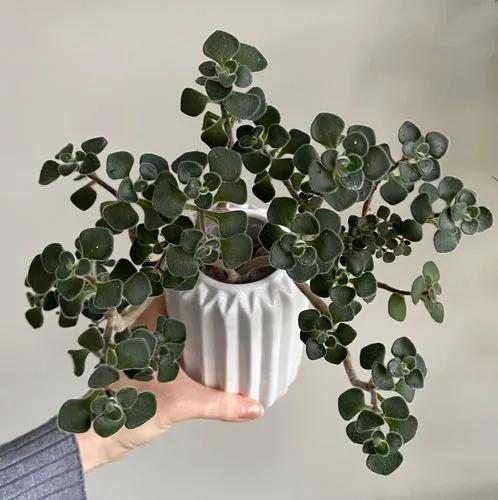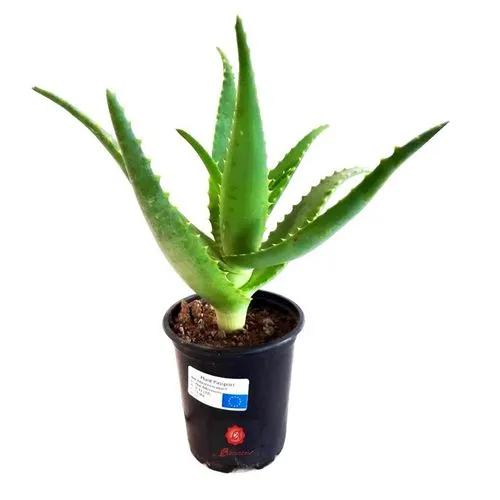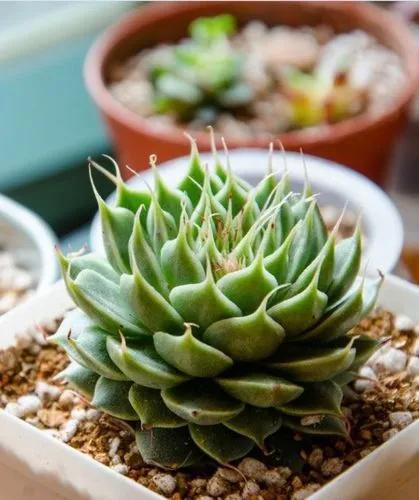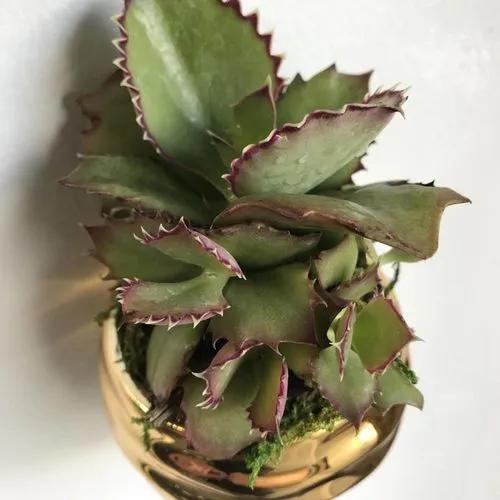Lace Aloe is a succulent from the genus Aristaloe family Asphodelaceae. In the wild, it grows in South Africa at an altitude of 300-2125 m above sea level. This pretty greenie is cultivated throughout the world as a houseplant.
Lace Aloe Care
Aloe aristata



Outwardly, Aristaloe aristata is a bushy stemless plant. Lace Aloe has numerous leaves (100-150 per plant). The leaves are elongated, with small white spikes along the edges and white humps on the leaf plate. In late spring, Aristaloe produces a tall inflorescence with orange-red flowers. Under natural conditions, Aristaloe flowers in November.
How to Care for the Plant

Water

In the spring and summer, Lace Aloe requires regular watering. However, you should wait until the soil dries before giving your plant a sip. In autumn and winter, irrigate your green pet very rarely and moderately. Make sure not to get water on the leaves. Usually, this plant needs irrigation once every two weeks.

Pruning

Lace Aloe does not require special pruning. However, you can remove dead or damaged leaves.

Fertilizer

Lace Aloe can usually do without aditional nourishment. However, if you want to speed up your plant’s growth, you can feed it once every two weeks with a twice-diluted succulent fertilizer. You do not need to feed the plant in winter.

Sunlight

Lace Aloe feels good in bright light. You can safely place your green friend next to a south-facing window. Remember to rotate the plant from time to time so that all leaves receive the same amount of sunlight. In winter, you can provide the plant with additional lighting.

Soil

It is best to choose dry, well-drained, sandy soil. You can use ready-made mixes for cacti and succulents. If you want to prepare the potting mix yourself, combine a unit of garden soil with an equal amount of coarse sand and perlite.

Propagation

There are two ways to propagate Lace Aloe. You can germinate a plant from seeds or divide a bush. If you choose the dividing method, pick one of the side sprouts that grow near the mother plant. Try to keep its roots intact and place the plant in the ground. It is better to do it in the summer.

Temperature

A temperature of 64-75°F (18-24°C) is comfortable for Lace Aloe. In winter, a slight cooling is allowed. Remember that the plant does not tolerate temperatures below 50°F (10°C).

Container

Since Lace Aloe is a small plant, it needs a small pot. Choose a shallow container with a drainage hole at the bottom.
Here’s a handy guideline: increase the pot size by 1 to 2 inches (2.5-5 cm) in diameter for plants growing in pots 10 inches (25 cm) in diameter or less. For larger plants growing in pots greater than 10 inches (25 cm), increase the vessel’s size by 2-3 inches (5-8 cm).

Fun fact

The name of this plant comes from the word "bristly" (Latin) and refers to the shape of its leaves.

Popularity

49,650 people already have this plant 7,337 people have added this plant to their wishlists
Discover more plants with the list below
Popular articles






